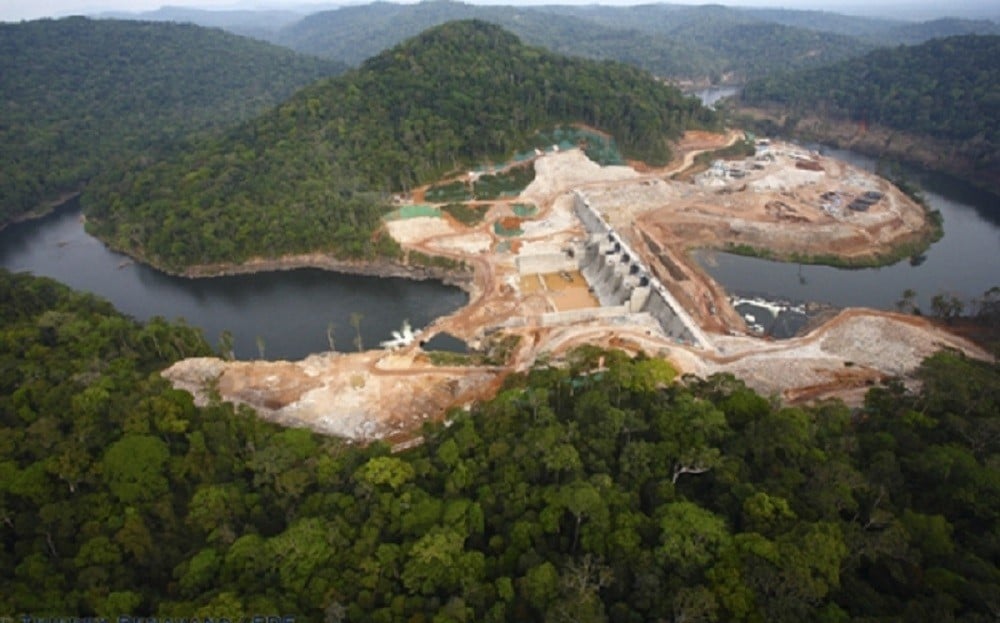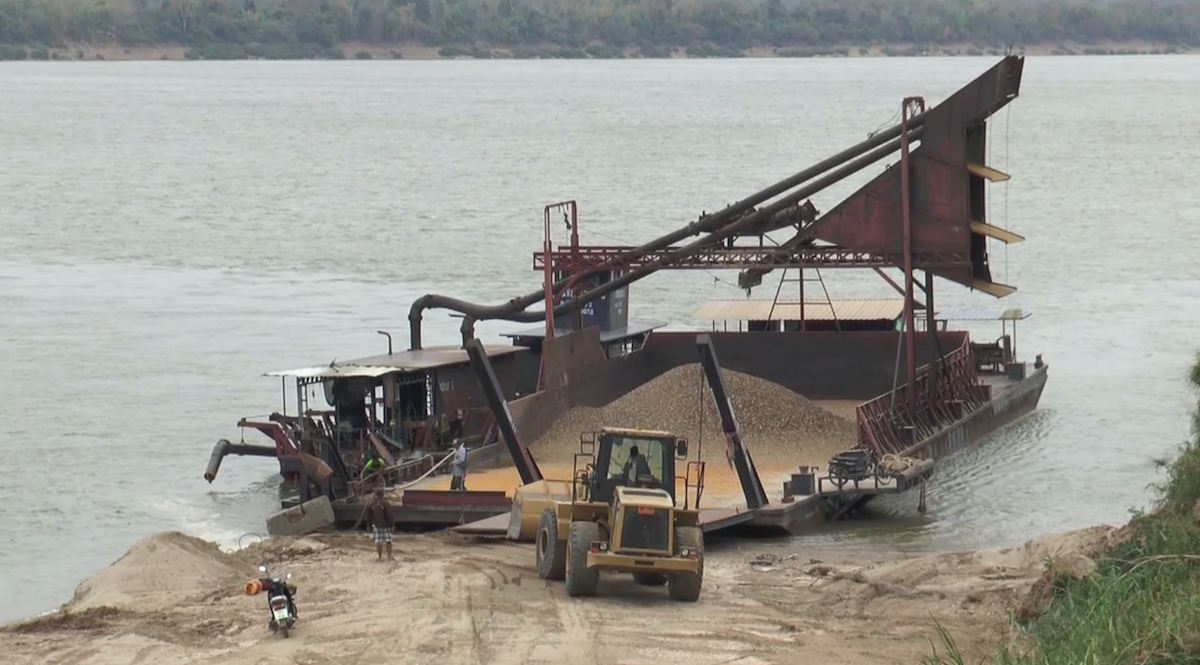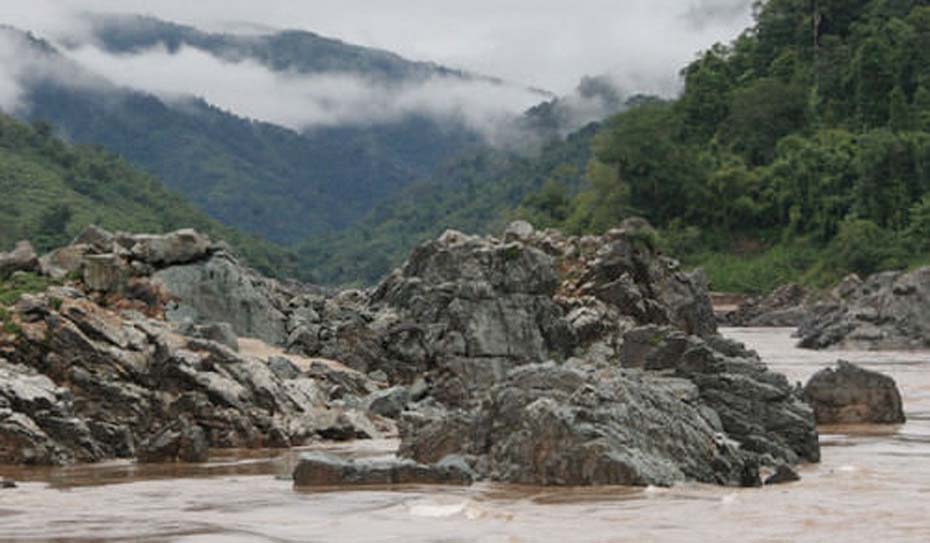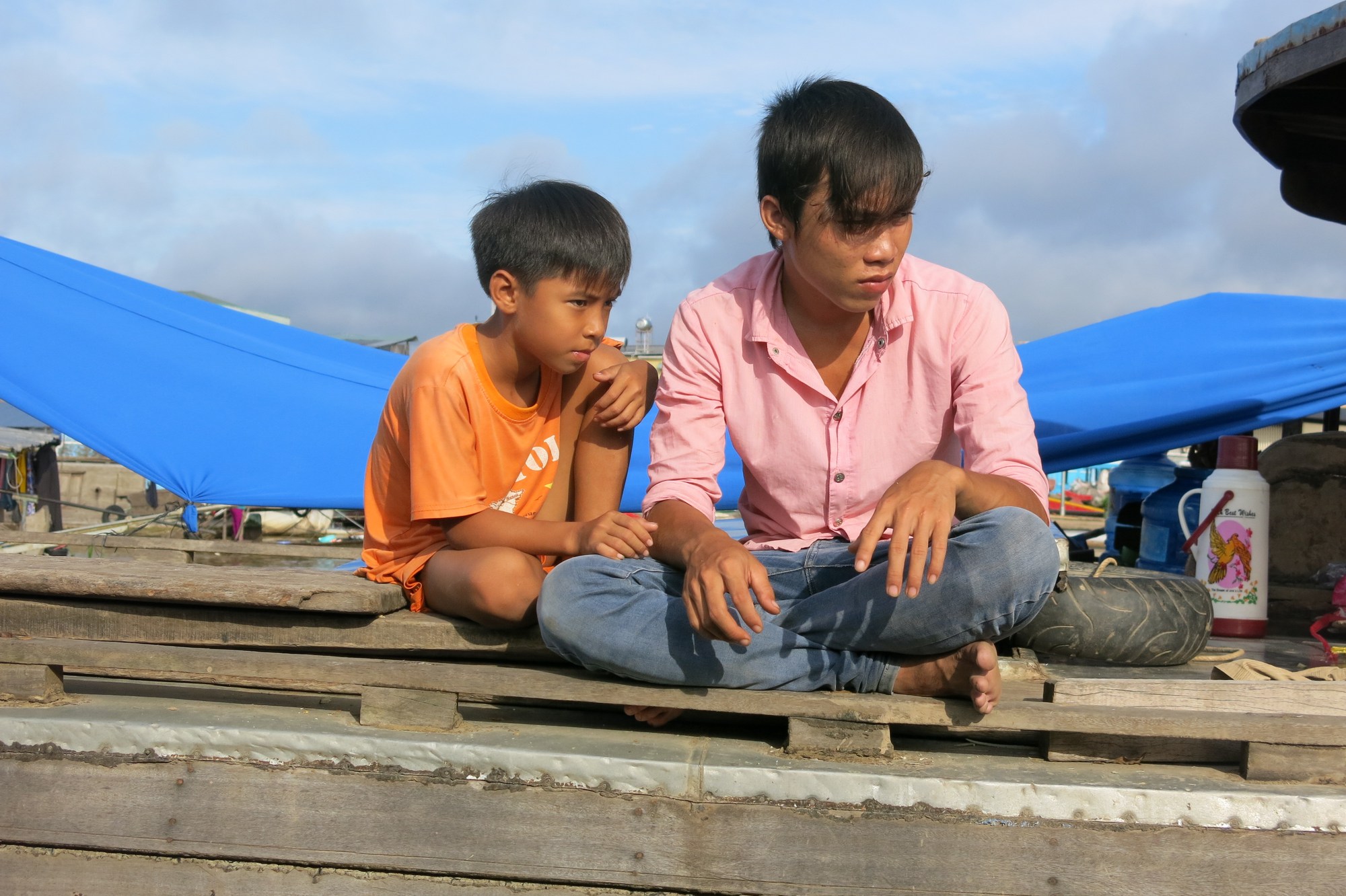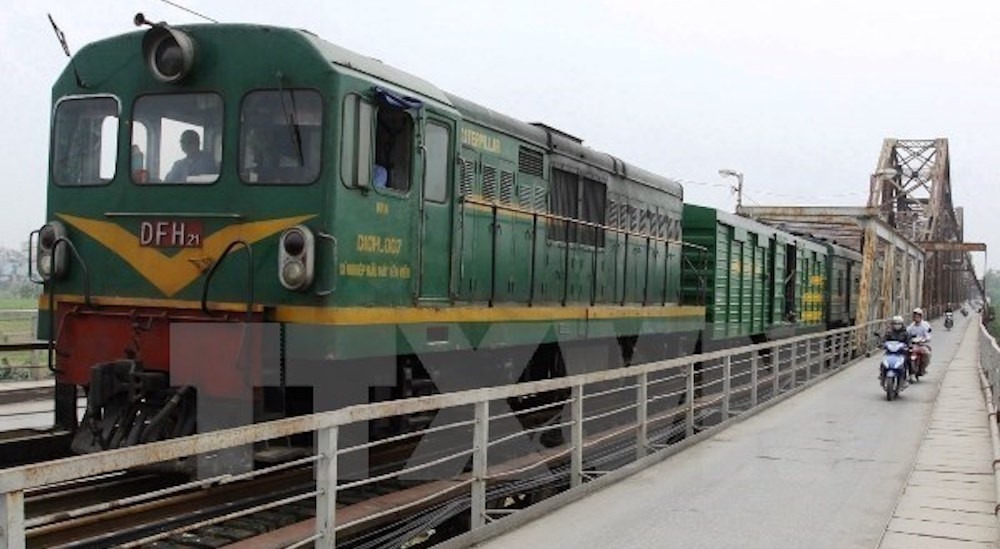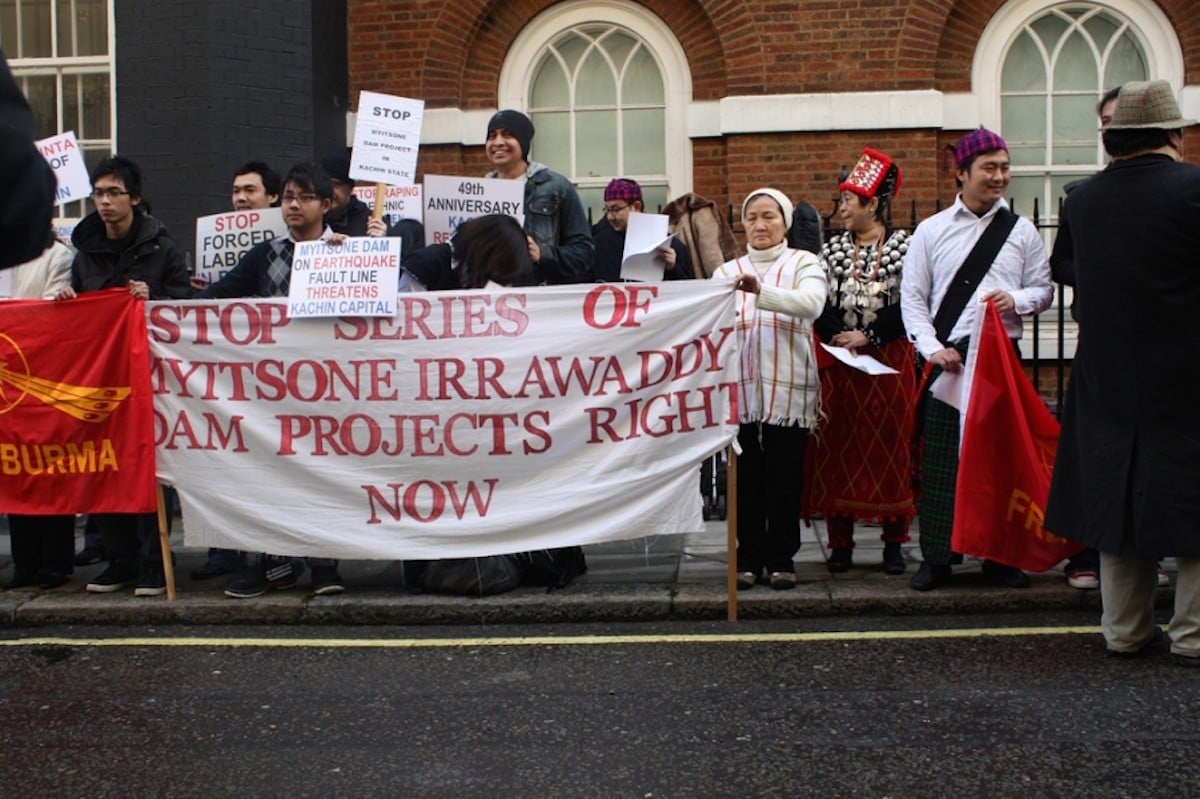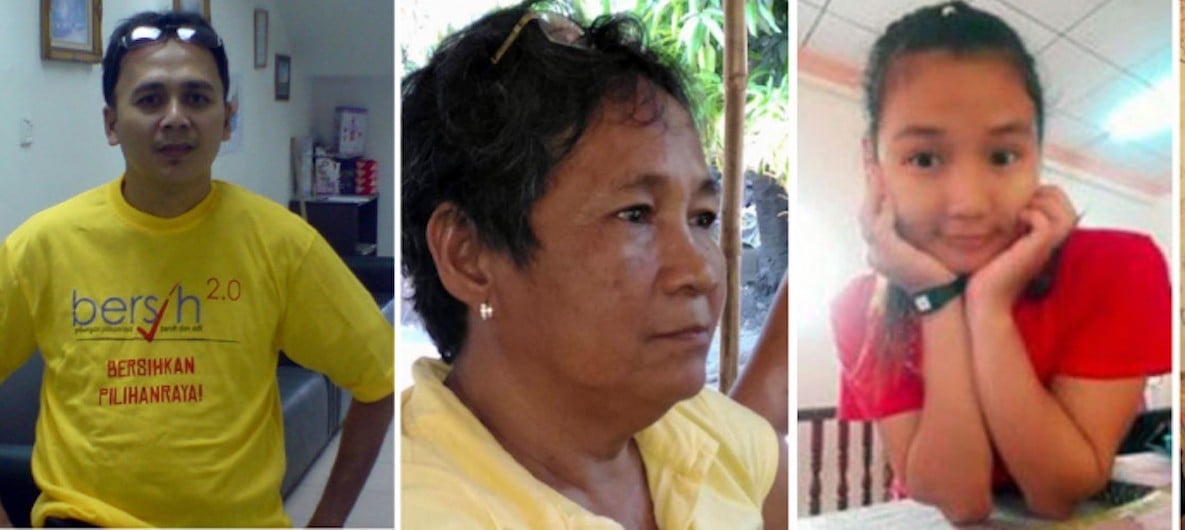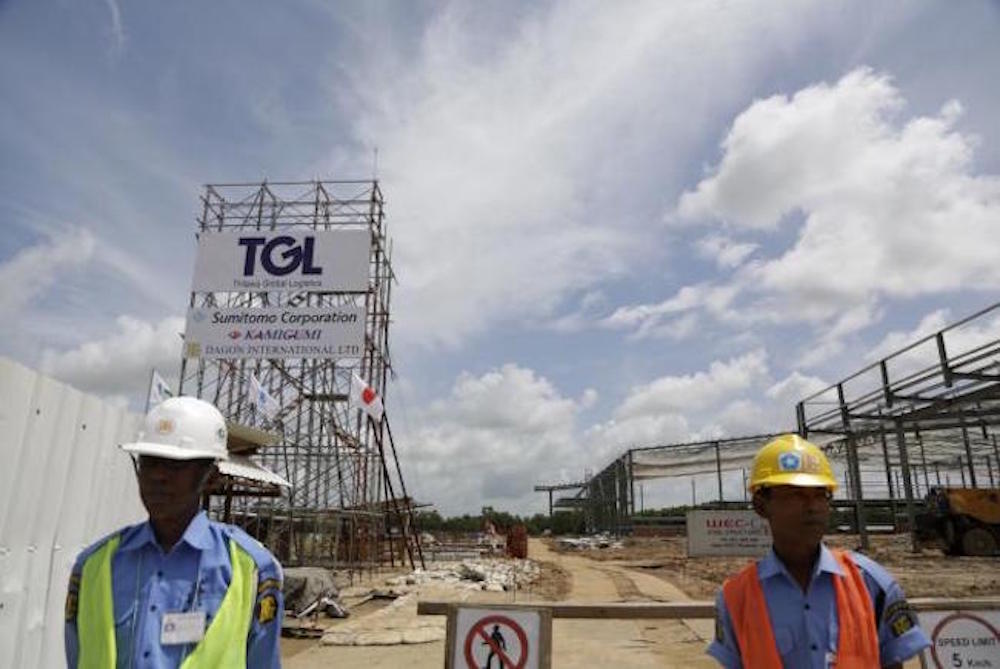On January 4, 2017, the Forum for Development Studies published a new article by Kanokwan Manorom, Ian Baird and Bruce Shoemaker titled, “The World Bank, Hydropower-based Poverty Alleviation and Indigenous Peoples: On-the-Ground Realities in the Xe Bang Fai River Basin of Laos.” This article provides more detail on the project’s impacts following earlier articles on the situation along the Xe Bang Fai River published in 2015 by the same researcher team.
Category: Region
Selected environmental stories from media outlets in the Mekong region and beyond.
Mon State Gov’t requests EIA from investing companies in the State
The Mon State Government has directed any investing companies in Mon State to report on their Environmental Management Program (EMP), in order to provide transparency and minimize negative impacts on the environment.
Locals slam Mekong blasting plan
The government’s aim to clear the Mekong River’s rocky outcrops to ensure the smooth passage of large cargo boats has set off alarm bells for environmental activists and locals who fear the ecology in the area will be put at risk.
The Mekong River, known in China as the Lancang River, runs through China, Myanmar, Laos, Thailand, Cambodia and Vietnam over a total distance of 4,880km.
Mekong Dams: Can Downstream Nations Expect Understanding from Upstream Developers?
The Mekong River rises from Tibet highland, running through thousands of kilometers in six countries, including China, Myanmar, Laos, Thailand, Cambodia and Vietnam.
Mekong means Mother in the Thai and Laos old language. As a result, it is not accidentally the name of the river has a blessed meaning. The river also plays an economic hub to feed for more than 60 million people and thousands of kinds of aqua products.
New species found, but Southeast Asia in grip of biodiversity crisis
Rich in wildlife, Southeast Asia includes at least six of the world’s 25 “biodiversity hotspots” – the areas of the world that contain an exceptional concentration of species, and are exceptionally endangered. The region contains 20% of the planet’s vertebrate and plant species and the world’s third-largest tropical forest.
Deputy PM urges study on north-south express railway
Deputy Prime Minister Trinh Dinh Dung has urged the Ministry of Transport to accelerate finalizing the pre-feasibility study on the north-south express railway project.
The pre-feasibility study should be appraised by independent, experienced foreign consultants before being submitted to the Prime Minister and the State Appraisal Council, he stressed.
The NLD should start 2017 by scrapping the Myitsone dam
Julian Kirchherr and Matthew J. Walton The beginning of the year is always a time of prediction and thus peak season for pundits. Twelve months ago, many pundits on Myanmar predicted the National League for Democracy-led government would, once it assumed power, quickly scrap the controversial Myitsone dam project. Three reasons were provided for this prediction. First, […]
Bad year for human rights activists in Asean
ACTIVISTS across Asean faced serious threats from authorities, powerful people and corporates during 2016, highlighting the lack of human rights awareness in the region, rights campaigners said.
This year has been a tough one for activists who campaigned in various fields in the region, with instances of murder, forced disappearance, threats, and legal prosecution.
Plans Announced for SEZ and New Airport Terminal in Southern Rangoon
A Rangoon regional minister explained in Tuesday’s parliamentary session plans to develop an area across four townships for a special economic zone and a new airport terminal.
According to the statement by Daw Nilar Kyaw—the divisional minister for electricity, industry and transportation—Kwan Chan Gone, Letkokkon, Kawhmu and Dala townships are listed as hosting the initiative.
Spare the Mekong
The Prayut Chan-o-cha government made an out-of-the-blue decision that paves the way for the demolition of the Mekong River’s rocky outcrops for the sake of “improved waterway navigation”.
The justification offered is both weak and unjustified. The public was neither consulted nor informed while the well-being of the ecology of the world’s tenth longest river is at risk. And the party gaining the most significant trade benefits will obviously be China.


